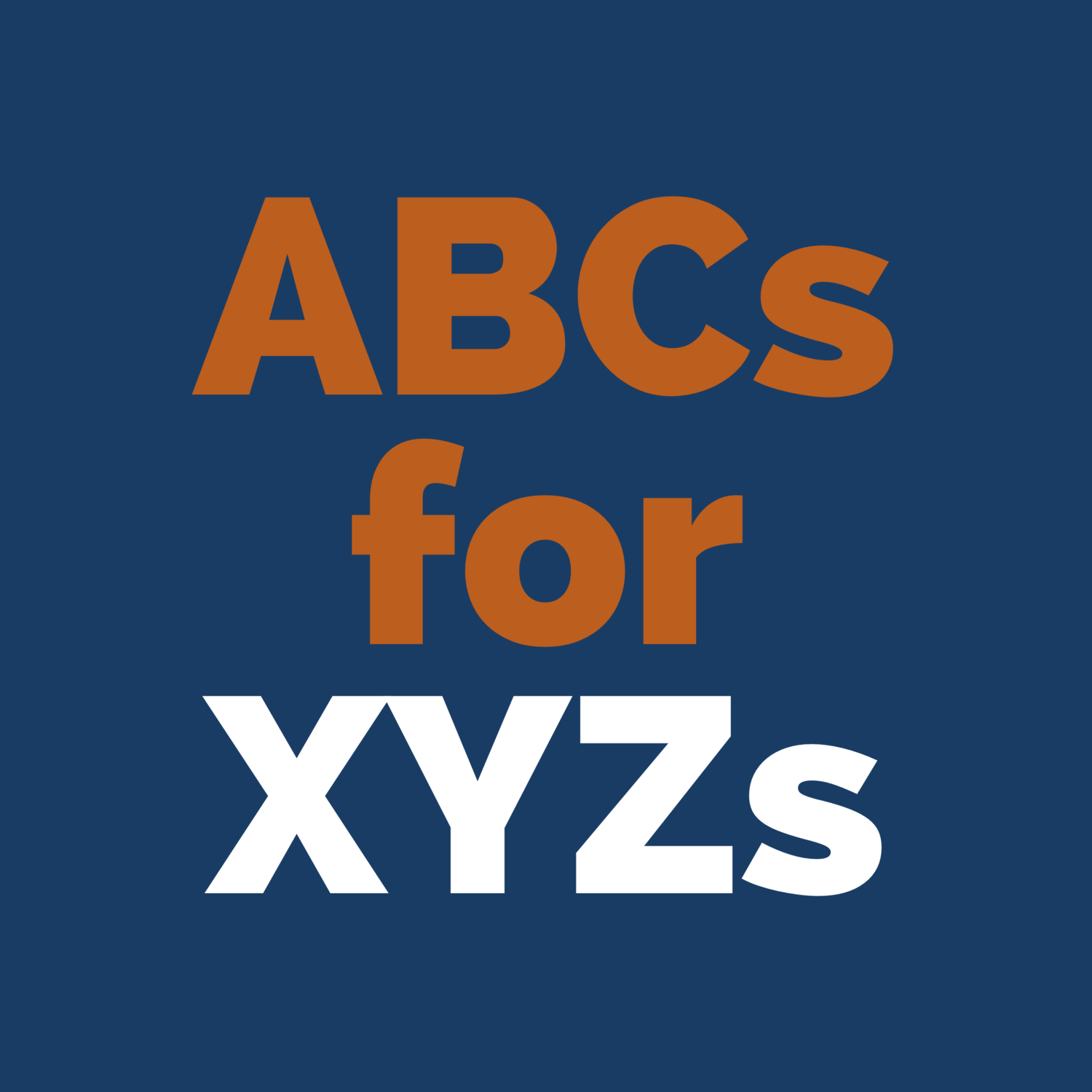C: Contribute for your employer match
As an employee for a company, one of the potential benefits offered is a retirement plan. A retirement plan provides the opportunity to save for retirement, while also offering tax advantages. Many retirement benefit plans extend further and offer a perk called matching contributions.
People are living longer
The average life expectancy continues increasing. For couples who are 65 years old today,
there is a 50% likelihood that one individual will live to age 90, and 20% likelihood one individual will live to age 95.
J.P. Morgan Guide to Retirement, 2020
What are matching contributions?
Matching contributions are when an employer adds money to your retirement account based off your personal contributions.
For example, if you contribute $5,000 to your retirement plan and your employer has a 100% matching contribution that means they will add an additional $5,000 to your retirement account. Your $5,000 plus your employer’s $5,000 equals $10,000 total in retirement savings.
This is a very simplified scenario – most employers do not match 100% of contributions. Instead, they set rules on eligibility and contribution amounts.
More to know
There may be further restrictions around employer matching contributions, including when the money actually belongs to you. Some employers add a timeline for ownership and “release” a certain percentage of assets each year. This adds an incentive for the employee to continue working at the company for an extended time period.
Furthermore, there are laws and restrictions around various retirement accounts, so it is important to understand the rules for a specific plan.
Personal savings matter
Social Security is not designed to be your only source of income during retirement.
According to the Social Security Administration, Social Security benefits are only meant to cover
about 40% of wages for medium earners to about 27% for high earners
Long story short
Collecting matching dollars boosts retirement savings by increasing the pace and efficiency of asset accumulation. By simply setting aside money for retirement, an employee in turn receives more money from the employer.
Take care to allocate the minimum amount required to receive your FULL matching contribution. Always ask about your employer’s policy to ensure you are taking complete advantage of the benefit. When it comes to matching programs, language can be vague and difficult to understand, so ask questions. Contacting your Human Resources department is usually the best place to start.

